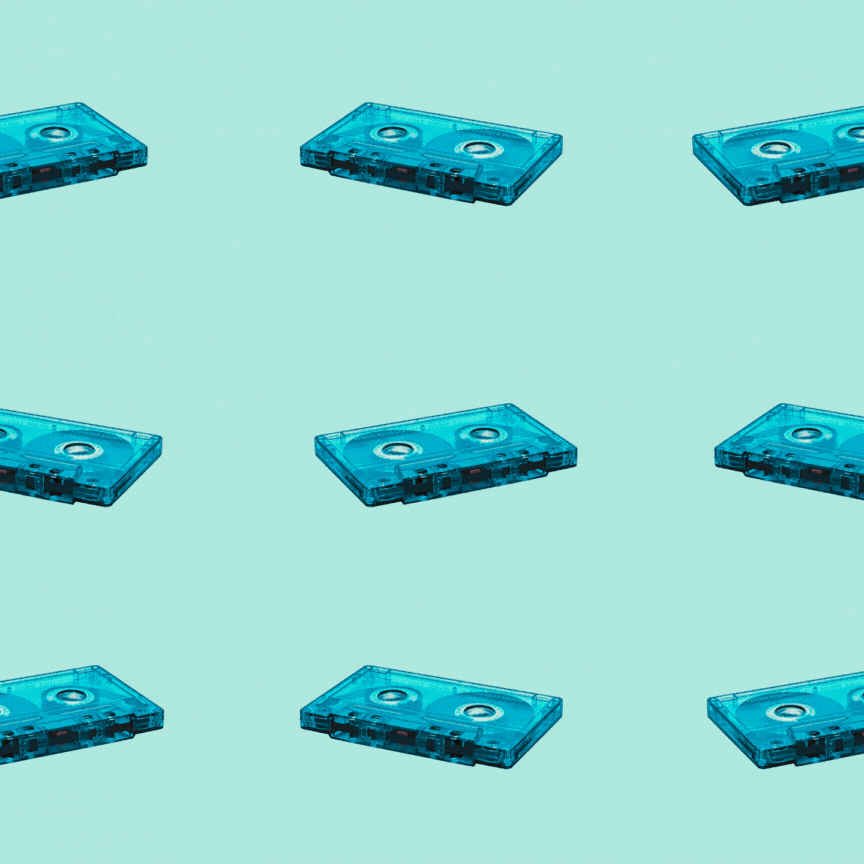Music arrangement and programing

Music arrangement and programming involve the creative and technical processes of organizing and shaping musical ideas using both traditional instruments and electronic elements. Here’s an overview:
Music Arrangement:
Definition: Arranging music involves organizing and adapting a composition for a specific ensemble, whether it’s for a solo instrument, a band, an orchestra, or any other combination of instruments and voices.
Skills Needed:
- Musical Knowledge: Understanding of music theory, harmony, orchestration, and composition.
- Instrumentation: Knowledge of different instruments and their capabilities.
- Creativity: The ability to make creative decisions in terms of voicing, dynamics, and structure.
- Listening Skills: An ear for how different musical elements work together.
Process:
- Analysis: Understand the structure and elements of the original composition.
- Adaptation: Modify the music to suit the chosen ensemble, considering instrumentation and stylistic elements.
- Orchestration: Assign specific parts to different instruments, considering timbre, range, and expression.
- Dynamics and Expression: Decide on volume changes, articulation, and other expressive elements.
Music Programming:
Definition: Music programming, in this context, refers to using technology, software, and electronic instruments to create and manipulate music.
Skills Needed:
- Digital Audio Workstations (DAWs): Proficiency in using software like Ableton Live, FL Studio, Logic Pro, etc.
- Synthesis: Understanding of synthesis techniques for creating electronic sounds.
- MIDI Programming: Skill in using MIDI to control virtual or external instruments.
- Audio Processing: Knowledge of effects and processing tools.
- Beat Programming: Creating drum patterns and electronic beats.
Process:
- Sound Design: Creating or selecting sounds using synthesizers or sample libraries.
- Sequencing: Arranging and sequencing musical elements in a DAW timeline.
- MIDI Programming: Designing melodies, harmonies, and rhythms using MIDI data.
- Automation: Adding dynamic changes over time through automation.
- Mixing and Mastering: Balancing and finalizing the sound.
Integration:
- Hybrid Approaches: Many modern music productions involve a combination of traditional arrangement and electronic programming. This could mean blending acoustic instruments with electronic elements or using electronic sounds to enhance a traditional arrangement.
- Collaboration: In some cases, a musician might work with both an arranger and a programmer, combining their skills to achieve a specific sonic vision.
Successful music arrangers and programmers often possess a balance of technical proficiency, creativity, and a deep understanding of musical concepts. Whether working with traditional or electronic elements, the goal is to create a cohesive and engaging musical experience.













